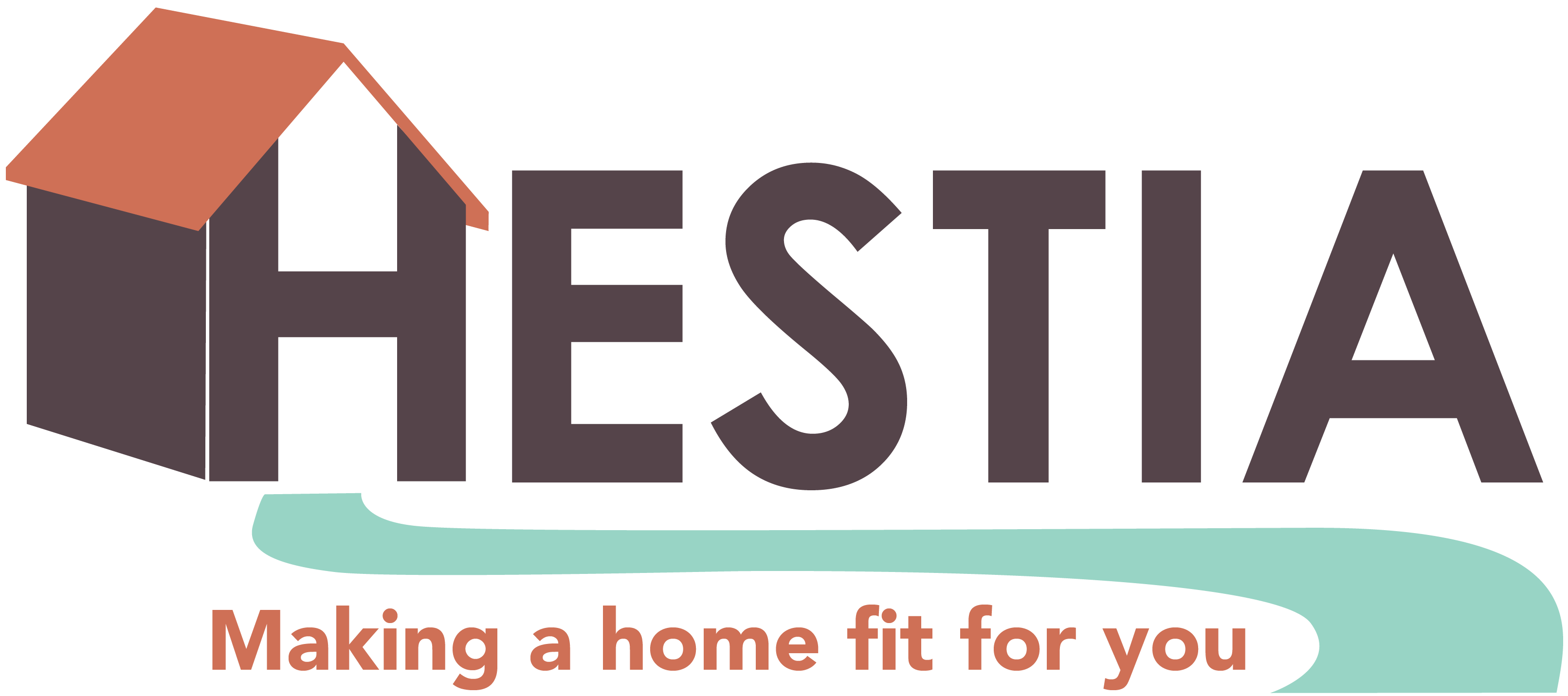
What is HESTIA?
HESTIA is an in-depth multi-faceted home assessment designed to improve the independence and safety of people with disabilities and individuals who desire to age in place. HESTIA leverages the latest technology to identify problems in the home environment that impede a person’s ability to successfully live at home. HESTIA consists of two applications, HESTIApro and myHESTIA. HESTIApro is an assessment and intervention planning tool for expert rehabilitation service providers. myHESTIA is a simple accessible technology designed for individuals to complete independently to receive home modification suggestions and referrals.
Current Work
Current Development
The HESTIA team was awarded the NIDILRR DRRP funding in 2020 to continue the development of HESTIA. Its current focus is to develop the HESTIA-NextGen decision-assist component of the software for real-time home intervention planning. Our targeted populations are PWD and care partners needing a new or refreshed home function intervention plan. This includes people with new disabilities, those with chronic challenges, and of all ages.
We have two specific objectives:
- Develop and test a HESTIA-NextGen app suite –
- By refining and testing the HESTIApro app as an intervention planning tool for rehabilitation service providers.
- And by creating and piloting myHESTIA as an app for PWD and care partners.
- Implement a comprehensive knowledge translation plan.
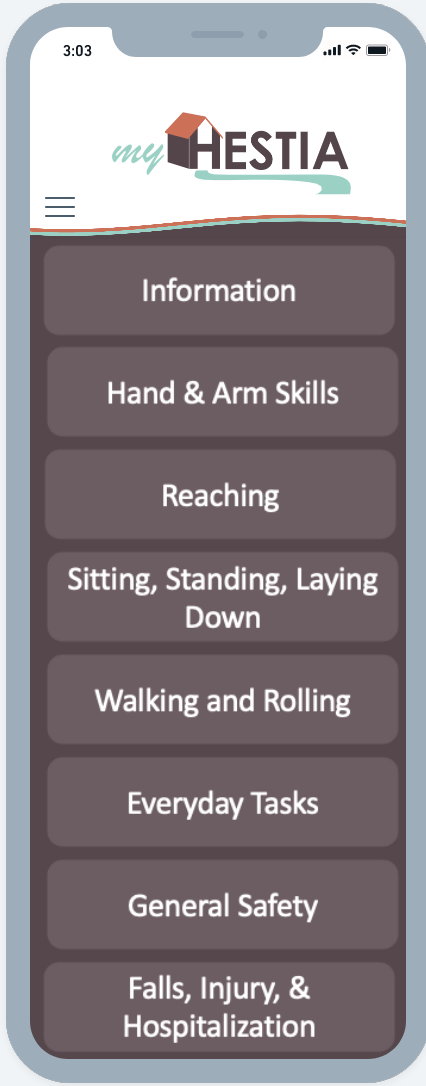
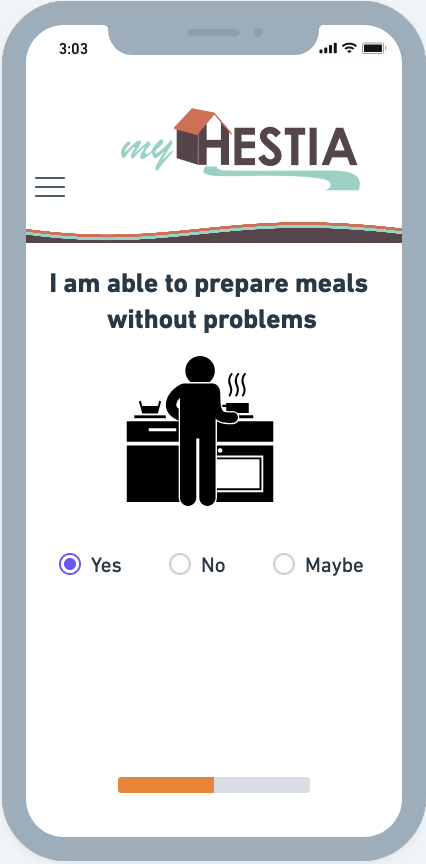

Our Project Team
Please see Contact and National Advisory Board members for the full team list.
History
In 2014 we began the development of a smart mobile app that provides a detailed, comprehensive, consistent, and efficient approach for completing home evaluations. Our early conceptualization of the HESTIA app has matured with the advancement of mobile technology and the integration of stakeholder intelligence into its foundational design. With a more recent infusion of NIDILRR funding in 2020, we are in the process of optimizing data collection and completing a reporting module for both consumer and professional stakeholders for the two apps.
HESTIA’s Home Evaluation Process
HESTIA recognizes that a fundamental step in the home modification process is the home evaluation. Home evaluations must be comprehensive in nature to account for the complexity of factors associated with the person and environment. HESTIA’s comprehensive home evaluation begins with an in-depth examination of the physical home structure, the persons capacities, and their desired level of performance. The comprehensive home evaluation consists of three modules, person environment, and occupation.
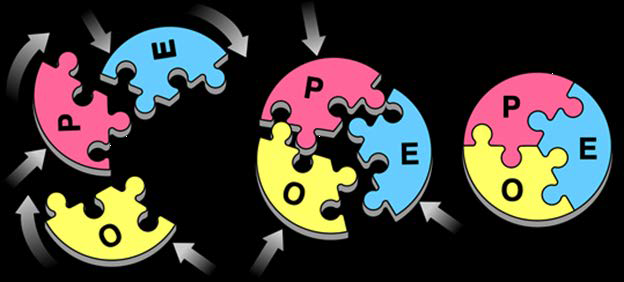
HESTIApro home evaluations can be completed by home and rehabilitation experts, such as licensed occupational therapists, physical therapists, or certified aging-in-place specialists (CAPS) and can work in conjunction with an architect, contractor, and/or social worker. myHESTIA provides a simple easy to use assessment to be completed by the person which provides recommendations and refers to experts for further assistance. Following the evaluation, HESTIA integrates the data into an intervention-driven summary report (figure 2).
HESTIA facilitates fast communication across the home evaluation team (including the rehabilitation personnel, home remodeler, the case coordinator, and payers) and family members using wireless telecommunications and cloud access. Additionally, the HESTIA report will serve as an integrated intervention-driven focal point for the team. The practitioner will use this report in discussion with the client and family to prioritize the areas of intervention. On review of the suggested ideas an individualized set of interventions can be tailored, a final plan documented, implemented and outcomes re-evaluated at a follow-up.
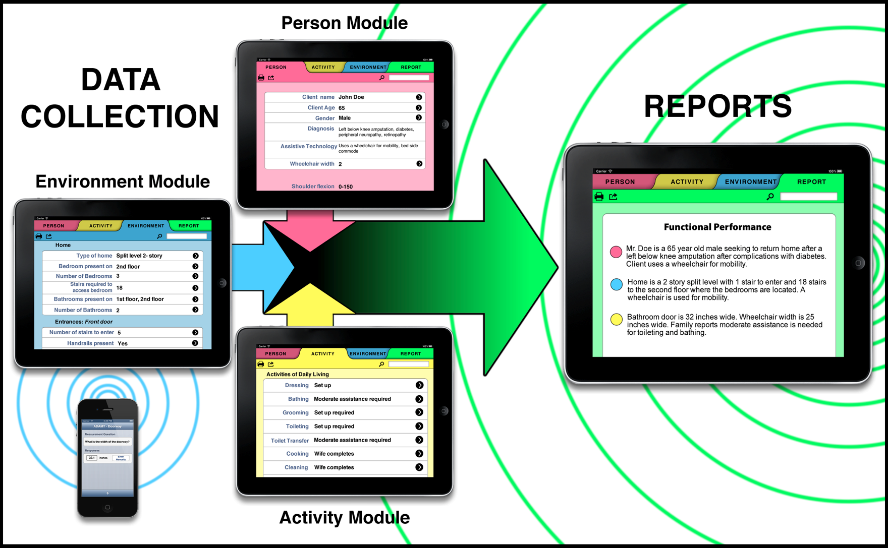
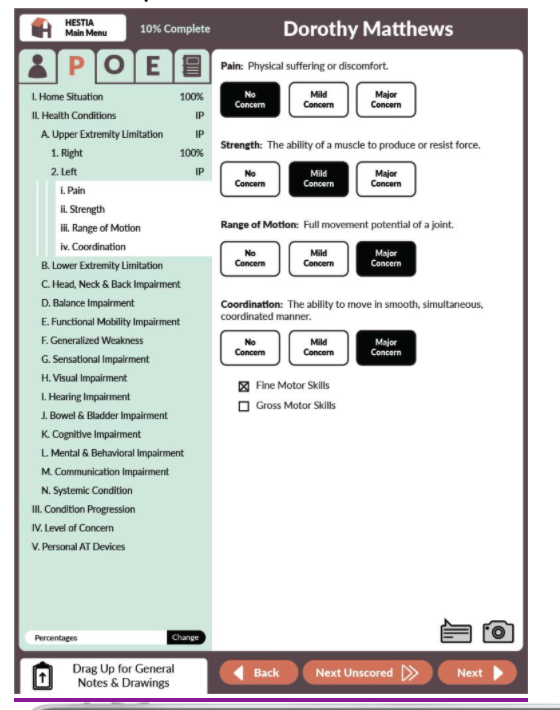
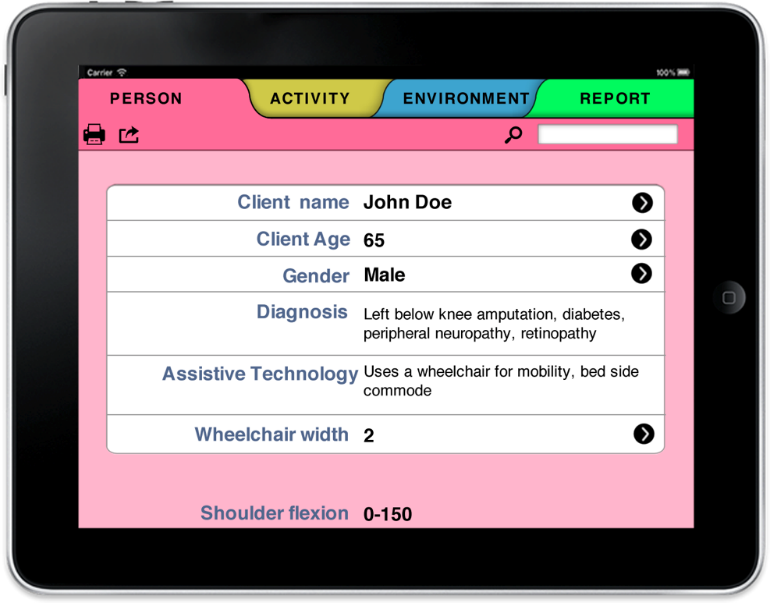
The Occupation Module on the individual’s performance as well as activity preferences. Prompts in ADL performance use a standard set of activities essential for independent living. The Occupation Module prompts the individual and family members to identify priorities and preferences related to the activity performance.
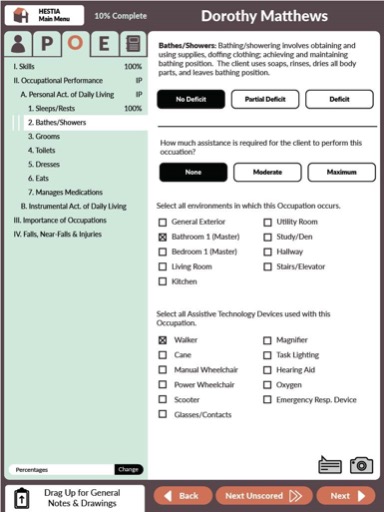
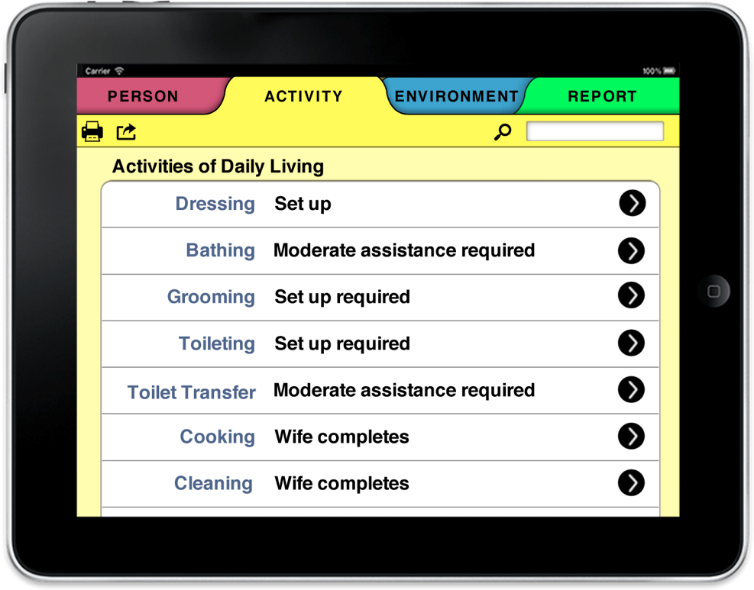
AI informed data collection informs the Environment Module. The home has hundreds of measures that could be entered and variables to consider. Like the other modules, efficiency is designed as a part of the smart HESTIA system. Based on the activity, performance needs, and client/family preferences, the items in the environment are ranked and prioritized. For example, if the individual has no problem performing certain activities, there would not be a need to perform a detailed evaluation of the associated environmental features.
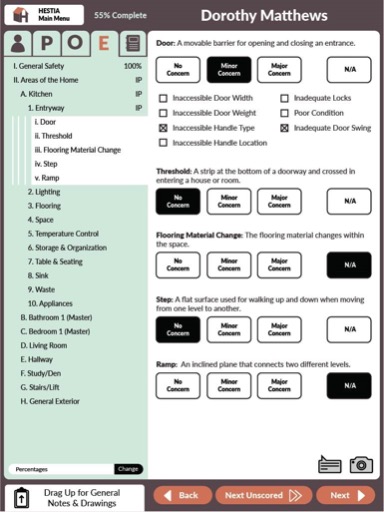
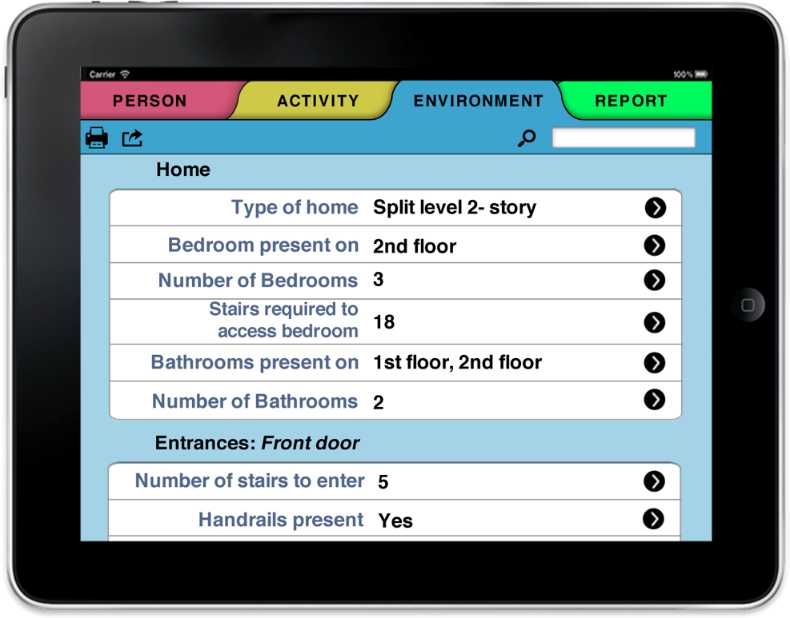
Lastly, the HESTIA Report Module displays a summary of all three modules integrating person, occupation, and environment into an integrated intervention-driven summary of needs. The report lists important household activities identified by the client, areas of poor performance, and environmental barriers.
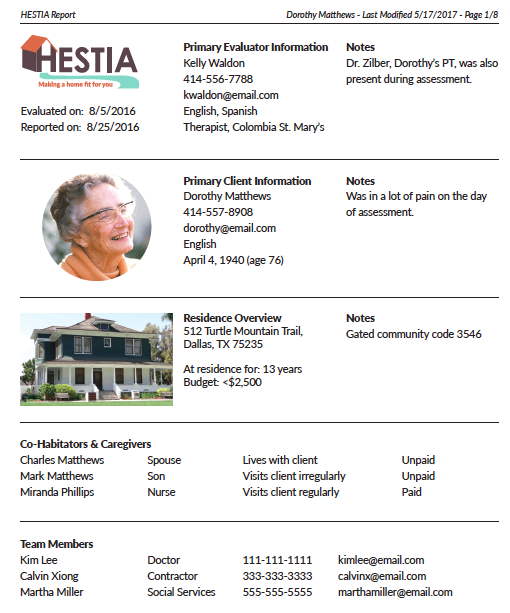
Recent Development: HESTIA NextGen
The HESTIA team was awarded the NIDILRR DRRP funding to continue the development of HESTIA. Its current focus is to develop the HESTIA-NextGen decision-assist component of the software for real-time home intervention planning. Our targeted populations are PWD and care partners needing a new or refreshed home function intervention plan. This includes people with new disabilities, those with chronic challenges, and of all ages.
We have two specific objectives:
- Develop and test a HESTIA-NextGen app suite –
- By refining and testing the HESTIApro app as an intervention planning tool for rehabilitation service providers.
- And by creating and piloting myHESTIA as an app for PWD and care partners.
- Implement a comprehensive knowledge translation plan.
myHESTIA
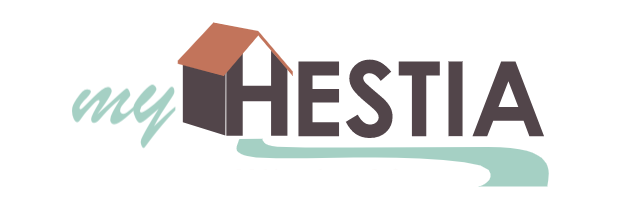
myHESTIA is a simple and accessible solution designed to meet the needs of people requiring assistive technology to return home or age-in-place with a new or worsening disability. myHESTIA can be used by a PWD or a range of stakeholders (e.g., handymen, caregivers, neighbors, nursing aids, community health workers) interested in facilitating improved independent living outcomes. We propose an iterative refinement process to ensure an innovative, usable, and scalable app for people without extensive knowledge in health conditions, assistive technology, and independent living.
myHESTIA leverages our complex taxonomy and matrix that are pre-developed and tested to predict problem areas based on health conditions, everyday tasks, and environmental factors.
The primary goal of myHESTIA is to extend the reach of home modification solutions by providing a simplified and guided home safety assessment with personalized and prioritized suggestions for potential interventions. It will provide simplified guidance in basic home modification interventions tailored to the PWD identified wants and needs providing an interactive next generation report. myHESTIA will take the developed intervention approach report a step further by providing simple and in-depth guidance in (1) how to access resources for home modification interventions, (2) how to incorporate simple home safety interventions with guidance on guidelines and important safety considerations, and (3) how to identify providers for potential risk reduction.
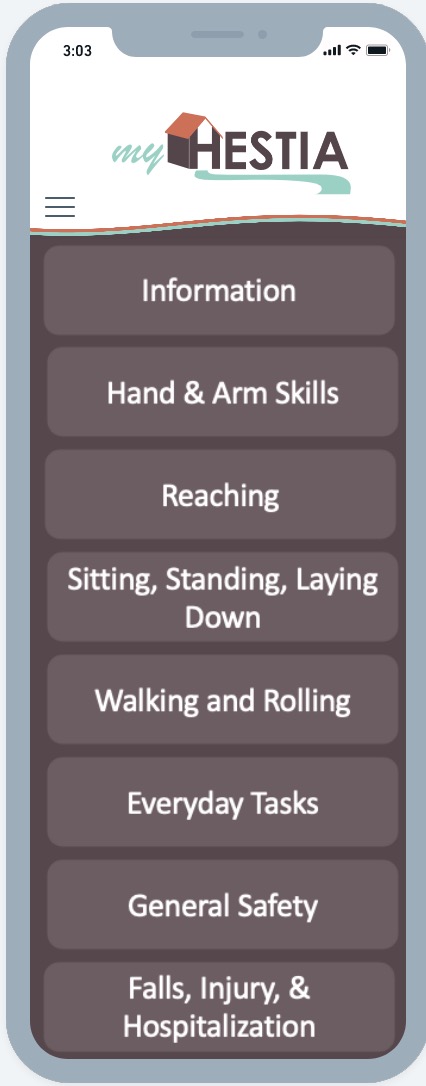
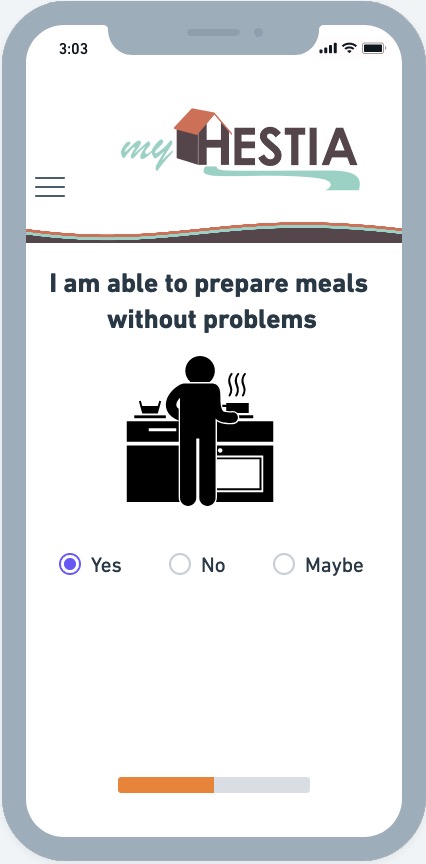
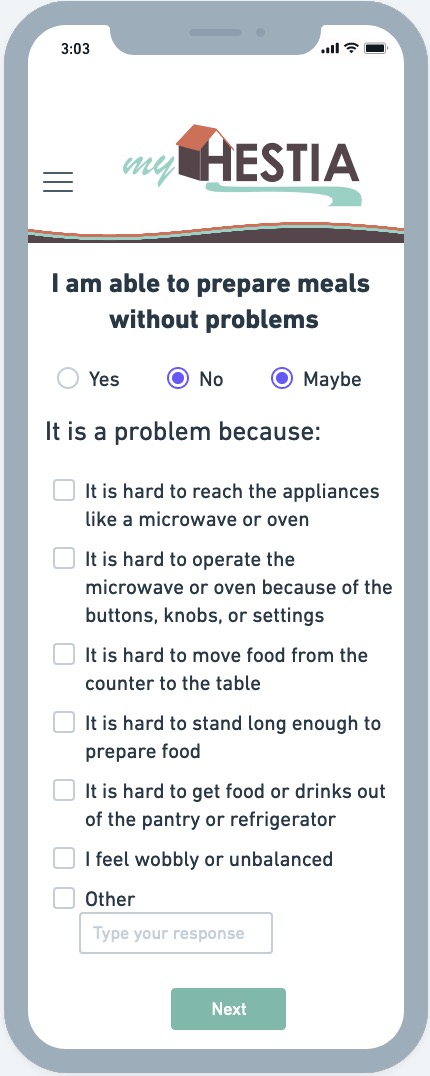
HESTIApro
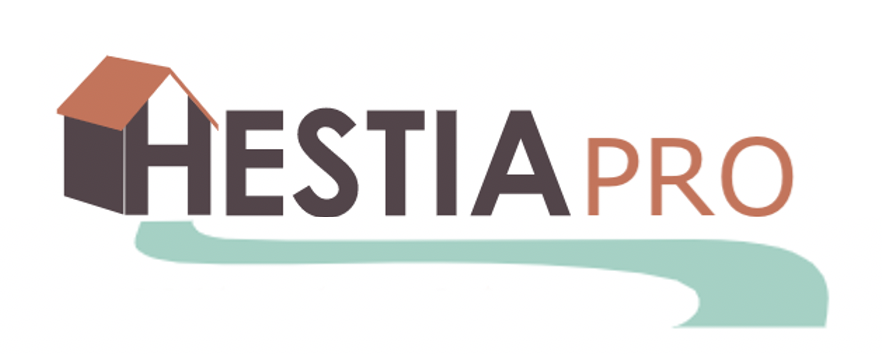
HESTIApro Intervention Planning Tool will use three primary methods to help a practitioner or team narrow the options after a problem list has been created from the data collection step of the home evaluation. Importantly, these solution methods are “intelligent” and learn from each other to improve the more HESTIApro is used. Home evaluation experts have been solicited to recommend “best” solutions to commonly identified problems. This list of intervention alternatives is made available to the practitioner team, who then are able to select their best choice solutions. When the practitioner team selects their best choice solutions, these are recorded and uploaded to the database to improve future inquiries. In the future, the computer will search the database for best matches to the defined individual, their needs, and in their particular situation. It finds the solutions that worked best for others like this person and situation. The predictive model then generates the best matches and rank orders the alternative interventions as suggestions from which the team selects the best options and package of alternatives.
As HESTIApro data are housed in the cloud, this also allows for better comparative follow-ups after initial home evaluations and implementation of interventions for documenting outcomes. It also enables improved continuity of care across the healthcare continuum. We will design the database for access by team members across other health and rehabilitation settings. Thus, primary care, inpatient, and outpatient rehabilitation teams, will have the continuity of access to home rehabilitation status and outcomes.
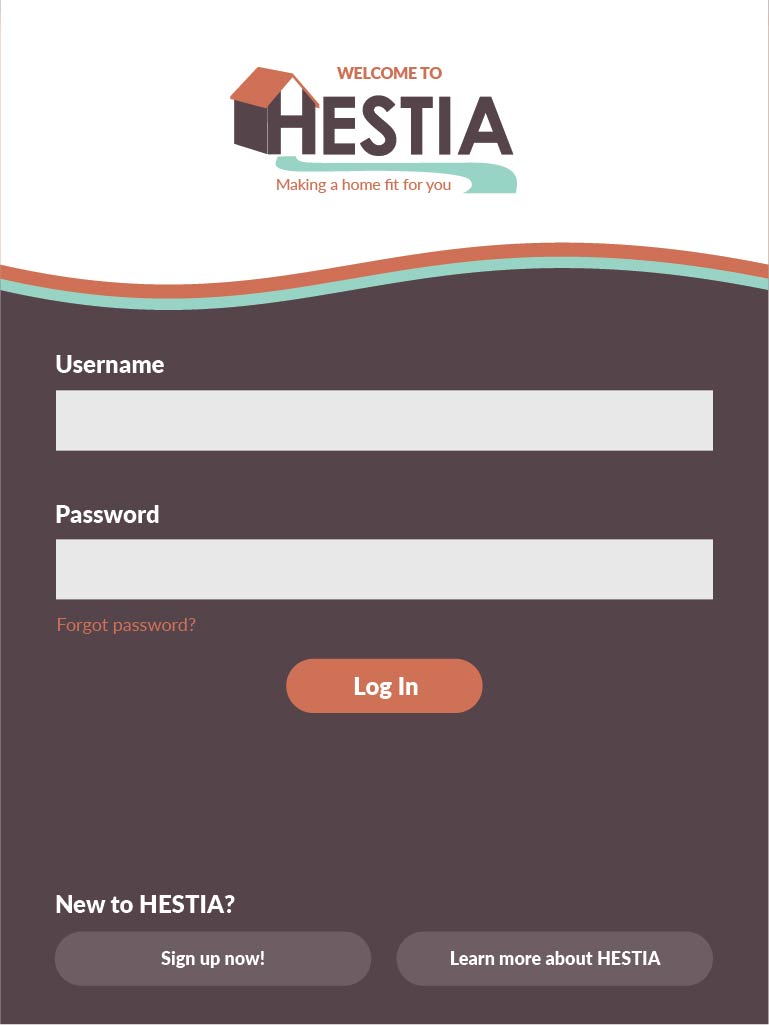
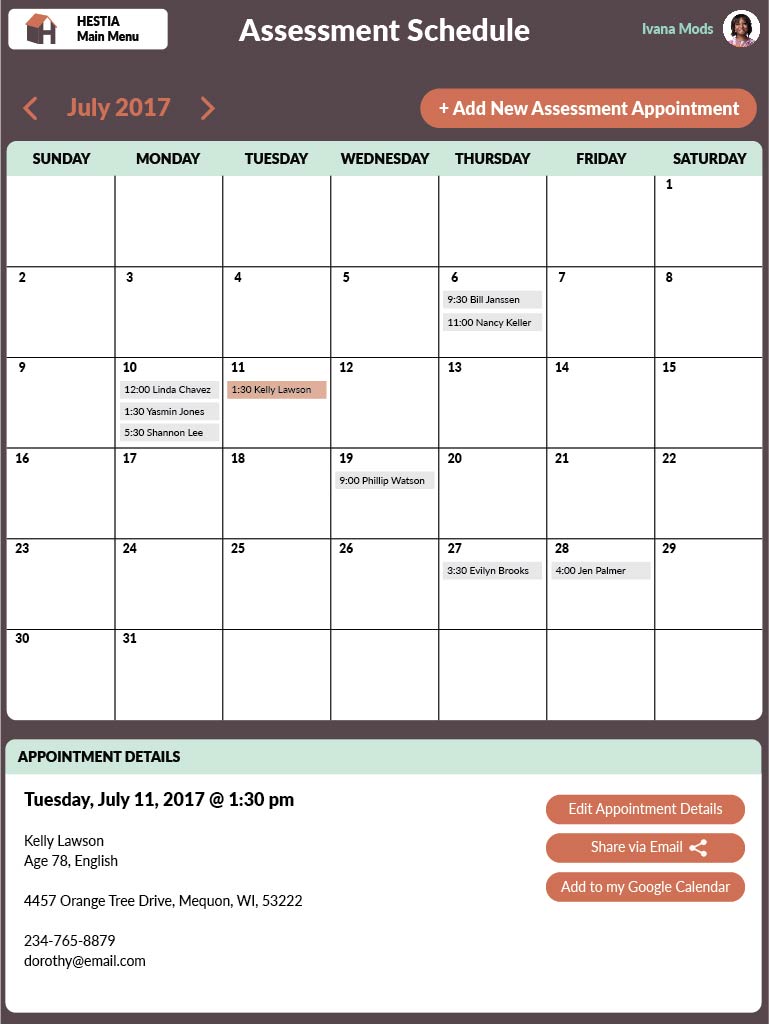
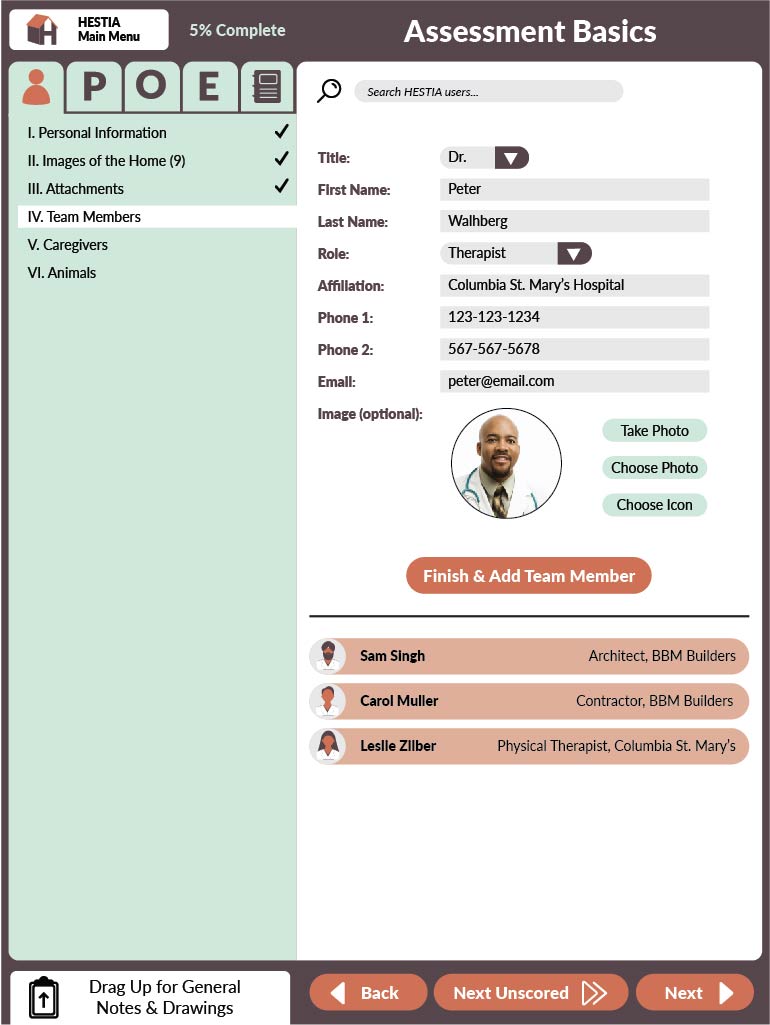
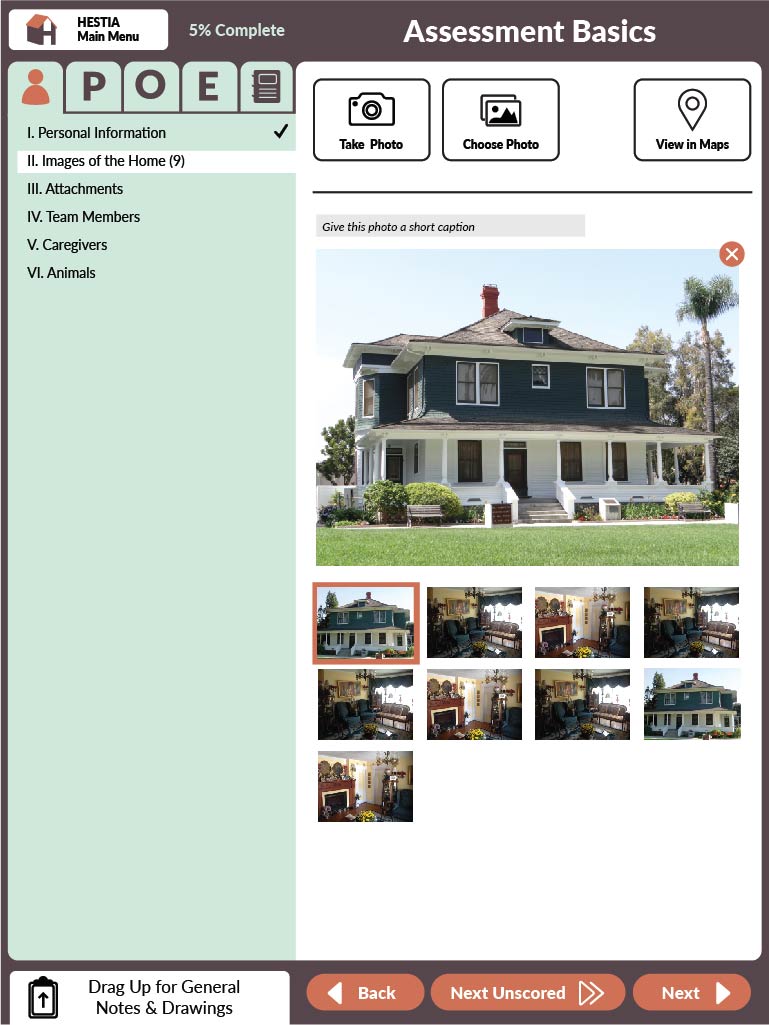
PAR (Participatory Action Research)
Participatory Action Research (PAR) is a critical methodology we employ across all phases of our development. PAR actively engages diverse stakeholders early in the process, and integrates their perspectives throughout all aspects of the project (Daley et al., 2010). PAR is grounded in social action/change methodology to foster collaborations with our PAR team members. PAR also allows the process to unfold over time, creating opportunities for mutual learning, relationship building, checking results, reflection, and strategy (Hammel et al., 2003). This strategy adds rigor and authenticity to the approach and fosters better outcomes.
We have recruited two PAR teams of stakeholder groups to provide direction throughout early development and refinement of the apps, to assist in recruiting participants for testing, through our interpretation of findings and dissemination. HESTIApro PAR team members include both professional and expert home evaluators, and myHESTIA PAR team members are made up of people with disabilities and care partners, and non-professional stakeholders, some with expertise in accessibility. Additional members include contractors and non-professional home care partners. PAR teams are developed to provide the targeted insights into the pragmatics of our project development and direction. Further, PAR team members will be embedded into projects for their contributive expertise and direct insights as the teams deliberately include representation of people who use, have a need for, or work professionally in transitioning individuals into home environments and complete home evaluations. PAR teams will be consulted during key user interface implementation coding, review and testing. the overall schedule of these periodic PAR activities, depicting how they span our development phases and methods, as well as the numbers of participants we plan per year.
Decision Support
HESTIA was designed to support the home evaluation process for novice, mid-level, and experienced stakeholders. The content team conducted key informant interviews with expert home evaluators to ensure the tool would be comprehensive with high quality information. The questions and prompts are specifically designed to guide novices and stakeholders who do not frequently conduct home evaluations through a thorough process. Meanwhile, our team recognized that expert may not require the same level of guidance so the HESTIA app is flexible where experts can move through the evaluation as they naturalistically would and could opt out of additional information prompts.
Tech Transfer
Much of our utilization plan centers on a strategy for successful technology transfer. While a technology plan is not required by NIDILRR for a DRRP, the NIDILRR stages of development emphasize the role of technology transfer (TT) in each stage. We outline key components of our initial TT conceptualization, with intent to formalize a TT plan in the first year of the project.
We will engage NIDILRR knowledge translation resource centers regarding the application of appropriate approaches for this project such as using a version of the NtK Model. As the NtK Model’s suggests, we already completed pro forma versions of the Discovery Phase in which we verified the need for the envisioned output through input from our prior work (Stage 1); we scoped the existing solutions and assessed the feasibility and utility of our proposed solution (Stage 2); and identified the relevant findings from scholarly research and industrial practice (Stage 3). This DRRP funding for the project would enable us to revisit and confirm these 3 critical Stages in greater detail. In addition, we will plan the initiation of the Invention Phase for HESTIA-NextGen, where we generate a pro forma business plan and identify target transfer/commercialization partners (Stage 4). We will also begin implementing the design, construction, testing, and revision processes necessary to reduce our concept to practical form, in a manner that optimizes our potential success at transfer, uptake and use to benefit PWDs and other stakeholders (Stages 5 & 6).
We have already completed a number of TT steps and considerations that many TT models suggest. Moreover, we are confident that following the suggested guidelines outlined by NIDILRR related TT programs, that a robust TT plan can be formalized in the first year of the project and operationalized. This will optimize the likelihood of creating a successful HESTIA- NextGen system that can be adopted by the disability and rehabilitation communities it targets
The external public and refereed evaluation for the project takes place when conference papers or publications are peer reviewed or products move to adoption. The outputs and outcomes of the DRRP will be measured through dissemination of research results, and successful tech transfer of developed technologies, including advanced beta tested prototypes. The previous strategic methods create a framework for us to generate a formal 5-10 year TT plan for our information software products under development.
Archive of Early Development
Development of Storyboards and Screen Cadence
The look of HESTIA logo has evolved over time:
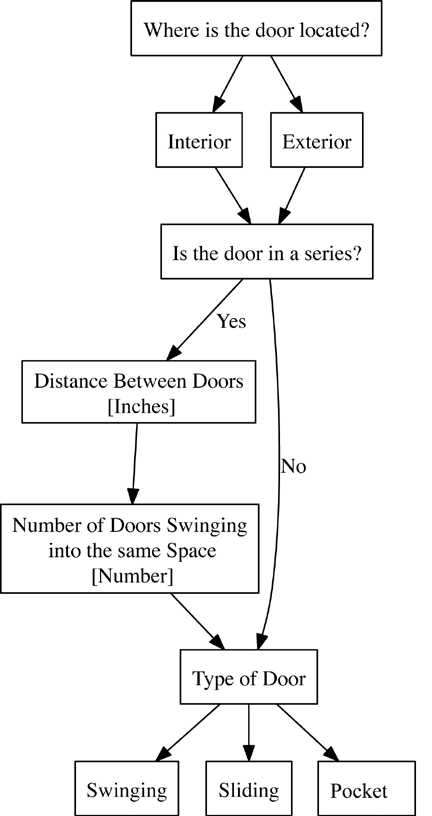
The HESTIA Technical Team created a server-based Application Programming Interface (API) that can be used by both the mobile and web interfaces, stores and retrieves data from a database. The mobile development started with the Apple iOS platform and iPad form factor, but as a web-app works with Android and other standard computer platforms through the browsers. Interfaces include universal accessibility hooks to allow usage with screen readers such as VoiceOver on iOS and accounting for other impairments such as color-blindness.
Current plans include the implementation of integrated measurement tools using mobile device sensors such as the accelerometer to detect slope, the camera to detect light intensity, microphone to detect sound intensity, and Bluetooth connection to laser rulers for quick and easy distance measurement. Stand-alone accessibility measurement tools are currently available from the Apple App Store as accessibility measures for public buildings using ADAAG standards as the interpretive guidance.
Content Development
HESTIA has integrated end-user perspectives throughout its development. The project actively applies a participatory design approach with targeted end-users who provide feedback and direction across all phases of development. This ensures that HESTIA meets a real and existing demand. This rigorous development process continues to inform the development of content and app design with objective and subjective data sources. We engage in constant iterative communication among content and technical development teams with our end-user stakeholders to incorporate a true multidisciplinary perspective in our designs.
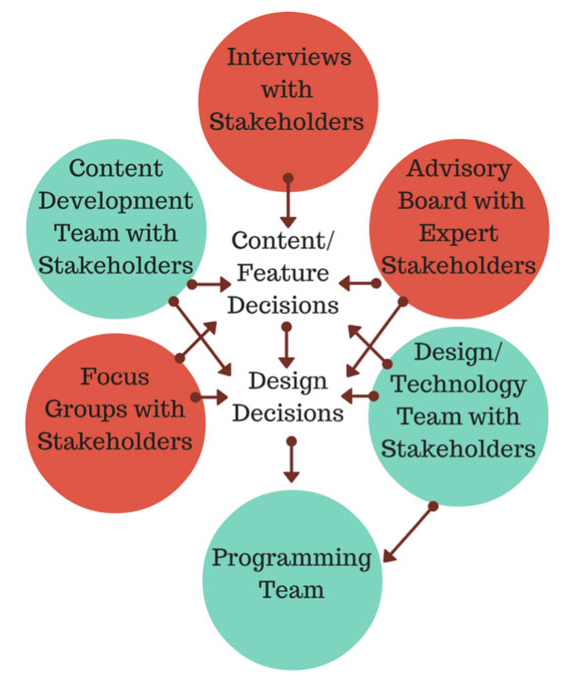
Development of Storyboards and Screen Cadence
The look of HESTIA logo has evolution:

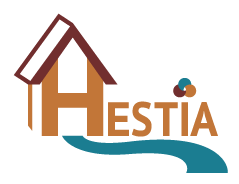
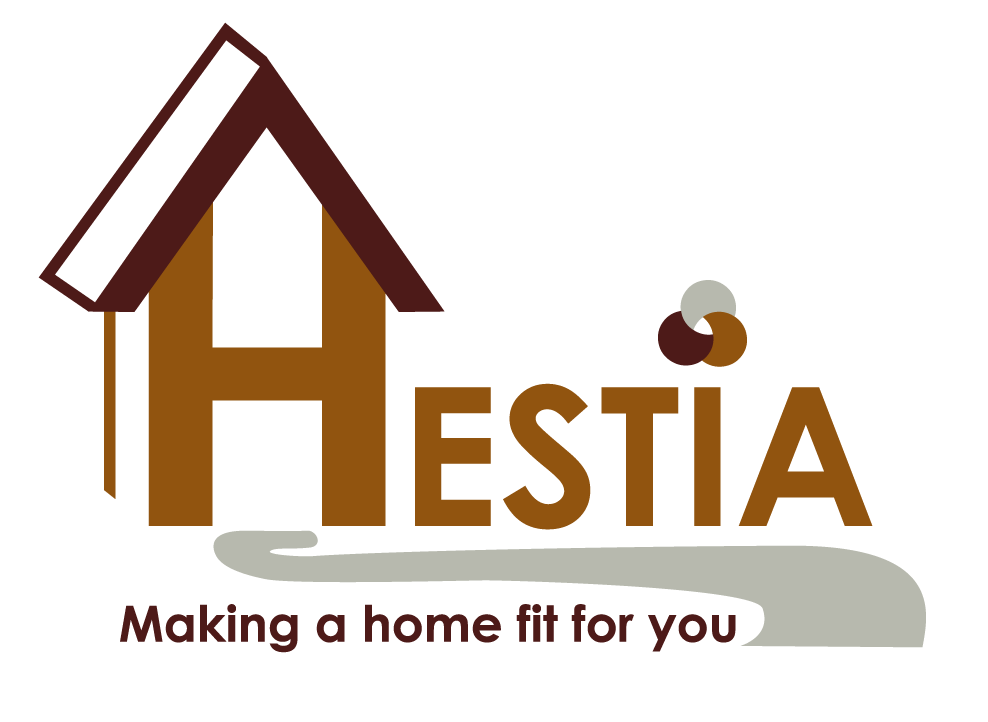

The progression of smart mobile app design:
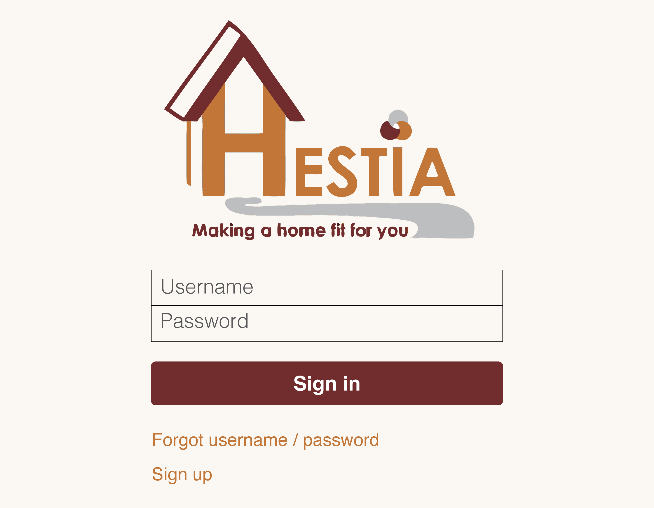
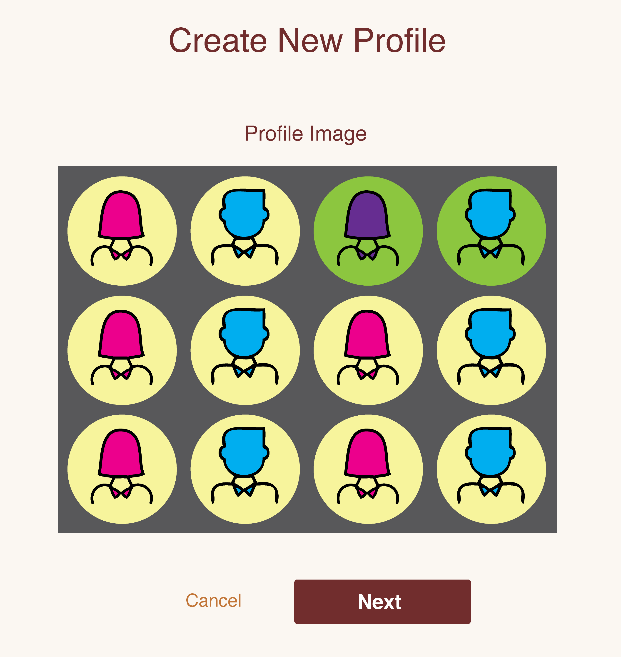
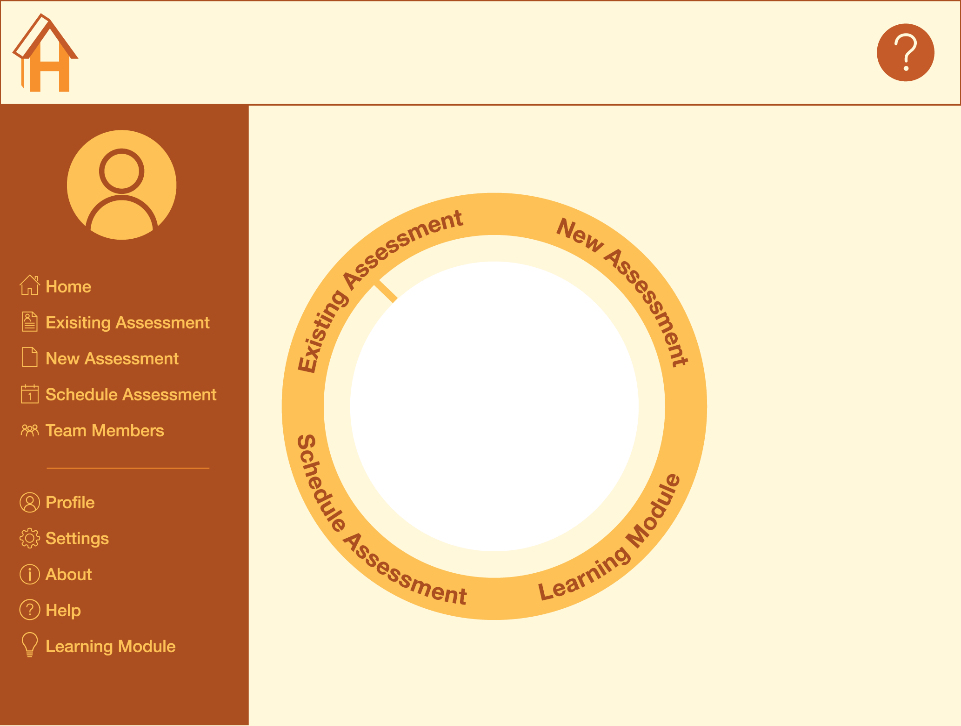

Contact
For more information, or if you are interested in assisting with any of the development or testing of the HESTIA system, please contact us at r2d2@uwm.edu. Please include your contact information and indicate if you are located in the Milwaukee, WI area.
Research Team
- Texas Woman’s University
- Noralyn Pickens, PhD, OT, FAOTA
- Renita Sun, OTS
- University of Wisconsin – Milwaukee
- Roger O. Smith, PhD, OT, FAOTA, RESNA Fellow
- Nathan Spaeth, BS
- Laryn O’Donnell, OTD, OTR
- Jake Luo, PhD
- Jennifer Fink, PhD
- Marquette University
- Sheikh Iqbal Ahamed, PhD
- Columbia University
- Rochelle Mendonca, PhD, OTR
- University of New Mexico – Medical Center
- Suzanne Burns, PhD, OTR
- Rebekah Choi, OTS
Participatory Action Research (PAR) Team
- Dale Anderle, DPT, PT (myHESTIA)
- Lauren Beller BA (myHESTIA)
- Lex Frieden, BS, MA, LLD (myHESTIA)
- Bob Moisan, CR, CLC (myHESTIA)
- Cindi Picher, MS, ATP (myHESTIA)
- Kathryn Zalewski, PhD, DPT, MPA (myHESTIA)
National Advisory Team
- Catherine Bridge
- Desleigh De Jonge
- Scott Trudeau
- Rex Moses
- Brandi Felderhoff
- Marie Tilden
- Catherine Bridge
- Desleigh De Jonge
- Scott Trudeau
- Rex Moses
- Brandi Felderhoff
- Marie Tilden
Past Team
- Consultant
- Sandy Ceranski, MS, OTR
- Texas Woman’s University-Dallas
- Mary Thompson, PhD, PT, GCS
- Ashley Mackinen, BA
- Kathryn Primrose, BS
- Katie Shepard, BA
- Western Michigan University
- Carla Chase, Ed.D
- Independence First
- Diana Sullivan, ADA Access Specialist
- University of Wisconsin – Milwaukee
- Meg Zimont, BA
- Kaivahn Sarkaratpour, BA
- Megan Schreiber, BA, OTS
- Dennis Tomashek, MS
- Brian Schermer, PhD
- Michael J. Brondino, PhD
Acknowledgments
The work of the HESTIA Project and this work has been and is supported in part by the U.S. Department of HHS/ACL, National Institute on Disability, Independent Living, and Rehabilitation Research (NIDILRR), grant numbers 90IF0083 and 90IFDV0006. The contents of this work do not necessarily represent the policy of the Department of HHS/ACL and the NIDILRR, and you should not assume endorsement by the Federal Government.
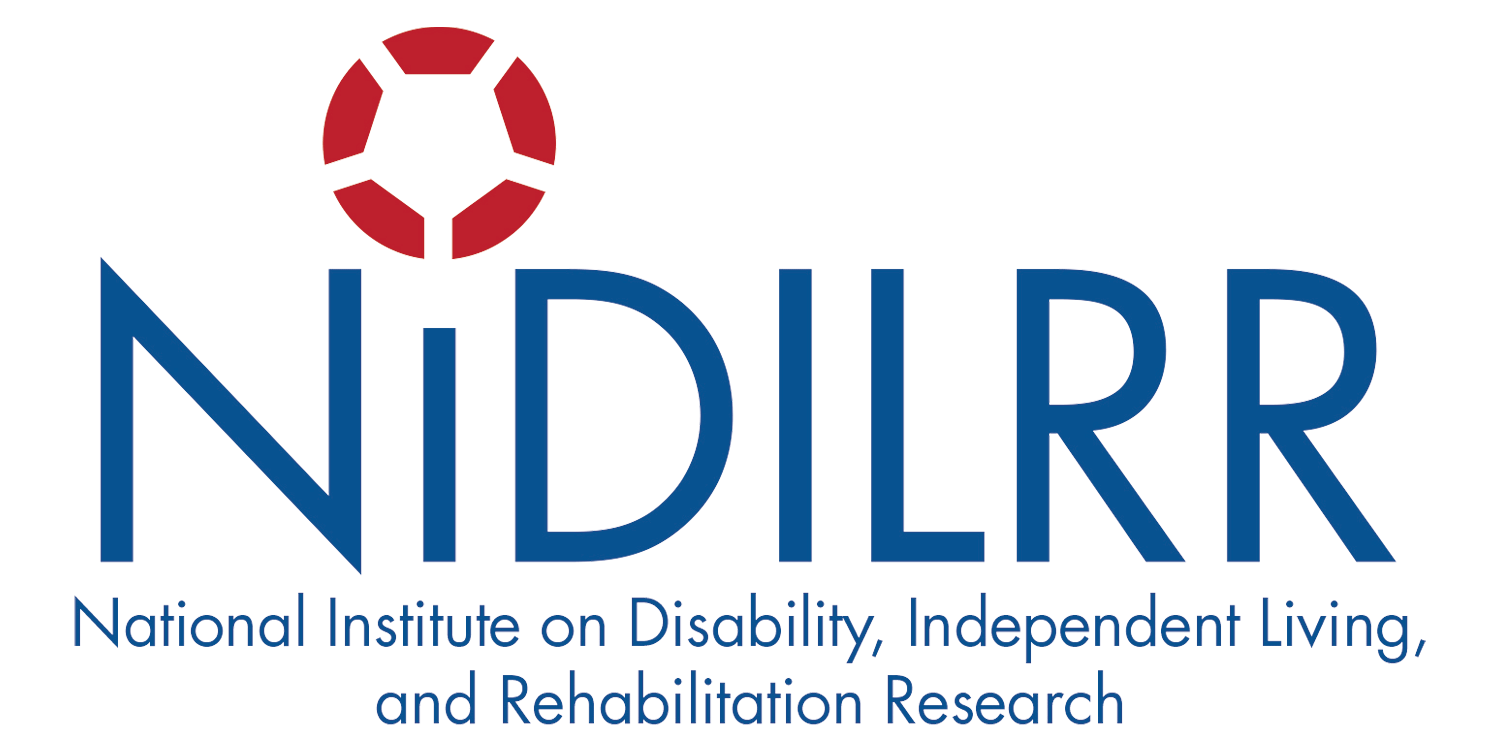
Project Bibliography
Publications and Proceedings
2020
Pickens, N.D., Mendonca, R., Burns, S.P & Smith, R.O. (2020) Home safety evaluation – getting it right. Disability and Rehabilitation: Assistive Technology, DOI: 10.1080/17483107.2020.1805033
2019
Burns, S., Mendonca, R., Picken, N., & Smith, R. O. (2019). Home safety assessment for aging-in-place and home integration: There’s an app for that. Presented at the American Occupational Therapy Association Conference, Salt Lake City, Utah.
Mendonca, R., Burns, S., Pickens, N., & Smith, R. O. (2019). HESTIA: Using mobile technology for complex home assessment decision making. Presented at the OT Summit of Scholars, Charleston, SC. https://www.tandfonline.com/doi/abs/10.1080/10400435.2019.1682374?journalCode=uaty20
Mendonca, R., Burns, S., Pickens, N., & Smith, R. O. (2019). Mobile health to support complex decision making in home evaluation: A preliminary analysis. Proceedings of the RESNA 2019 International Conference. https://www.resna.org/sites/default/files/conference/2019/jea/Mendonca.html
2018
Burns, S. P., Mendonca, R. J., Pickens, N. D., & Smith, R. O. (2018). HESTIA: A Comprehensive PEO-based Home safety evaluation tool. Presented at the American Occupational Therapy Association Conference, Salt Lake City, Utah.
Mendonca, R., Burns, S. P., Pickens, N. D., & Smith, R. O. (2018). HESTIA – A home evaluation app: Usability Analysis. Proceedings of the RESNA 2018 International Conference. https://www.resna.org/sites/default/files/conference/2018/outcomes/Mendonca.html
Mendonca, R., Smith, R.O., Pickens, N., Burns, S. (2018) HESTIA – A Home Evaluation App: Usability Analysis. Poster presented at the Rehabilitation Engineering Assistive Technology Society of North American Conference (RESNA), Arlington, VA. Retrieved from https://www.resna.org/sites/default/files/conference/2018/outcomes/Mendonca.html
2017
Burns, S. P., Pickens, N. (2017). Embedding technology into inter-professional best practices in home safety evaluation. Disability and Rehabilitation: Assistive Technology, 12(6), 585–591.
Burns, S. P., Pickens, N. D., & Smith, R. O. (2017). Interprofessional client-centered reasoning processes in home modification practice. Journal of Housing for the Elderly, 1-16, doi: 10.0180/02763893.2017.1280679.
Burns, S., Pickens, N., & Smith, R. (2017). Creating HESTIA: Evidence based development of a home safety assessment app. American Journal of Occupational Therapy, 71 (4_suppl_1), 7111500063p1-7111500. [Status: Published] [Scope: National]. https://ajot.aota.org/article.aspx?articleid=2636530
Burns, S. P., Smith, R. O., Mendonca, R., & Pickens, N. D. (2017). Integrating a participatory design approach: Developing HESTIA with multidisciplinary perspectives. Rehabilitation Engineering and Assistive Technology Society of North America (RESNA). https://www.resna.org/sites/default/files/conference/2017/cac/Burns.html
Burns, S. P., Mendonca, R., Pickens, N. D., & Smith, R. O. (2017, July). Integrating a participatory design approach: Developing HESTIA with multidisciplinary perspectives. Rehabilitation Engineering and Assistive Technology Society of North America (RESNA), New Orleans, Louisiana. [Status: Presented] [Refereed] https://www.resna.org/sites/default/files/conference/2017/cac/Burns.html
Burns, S. P., Pickens, N. D., & Smith, R. O. (2017, March). Creating HESTIA: Evidence-based development of a home safety assessment app. American Occupational Therapy Association, Philadelphia, Pennsylvania.
Pickens, N. D., Nava, V., Opara, L., Smith, R. O., Mendonca, R., & Burns, S.P. (2017, November). HESTIA: Home environment safety assessment app. TOTA Mountain Central Conference, Austin, Texas.
Smith, R. O., Tomashek, D., Mendonca, R., & Burns, S. P. (2017, June). Measurement approaches and tools for accessibility of the built environment. RESNA Annual Conference, New Orleans, Louisiana.
2016
Burns, S. P., & Pickens, N. D. (2016). Embedding technology into inter-professional best practices in home safety evaluation. Disability and Rehabilitation: Assistive Technology, 1-7, doi: 10.1080/17483107.2016.1189000.
2015
Burns, S., Smith, R. O., & Pickens, N.D. (2015). Embedding interdisciplinary best practices in the design of a client-centered home assessment app (poster). Paper presented at the ACRM 92nd Annual Conference, Progress in Rehabilitation Research (PIRR), Dallas, TX. https://www.archives-pmr.org/article/S0003-9993(15)00762-5/fulltext
Pickens, N.D., Burns, S., & Smith, R.O. (2015, May). Development of a multifaceted software evaluation for home reintegration: Content development and validation of a home modifications assessment mobile app. Poster at the Fourth Annual Occupational Therapy Summit of Scholars, Los Angeles, CA.
Pickens, N. D., Smith, R. O., & Burns, S. (2015). Development of a multi-faceted software evaluation for home reintegration. Paper presented at the RESNA 38th International Conference on Technology and Disability: Research, Design, Practice and Policy, Denver, CO.
Presentations
2019
Mendonca, R., Burns, S., Pickens, N., & Smith, R. O. (2019). Mobile health to support complex decision making in home evaluation: A preliminary analysis. Presented at Rehabweek 2019, Toronto, CA.
Mendonca, R., Burns, S., Pickens, N., & Smith, R. O. (2019). HESTIA: Using mobile technology for complex home assessment decision making. Presented at the OT Summit of Scholars, Charleston, SC.
2018
Burns, S. P., Mendonca, R. J., Pickens, N. D., & Smith, R. O. (2018). HESTIA: A Comprehensive PEO-based Home safety evaluation tool. Presented at the American Occupational Therapy Association Conference, Salt Lake City, Utah.
Mendonca, R., Burns, S. P., Pickens, N. D., & Smith, R. O. (2018). HESTIA – A home evaluation app: Usability Analysis. Presented at the RESNA 2018 International Conference, Arlington, VA. https://www.resna.org/sites/default/files/conference/2018/outcomes/Mendonca.html
Mendonca, R., Smith, R.O., Pickens, N., Burns, S. (2018) HESTIA – A Home Evaluation App: Usability Analysis. Poster presented at the Rehabilitation Engineering Assistive Technology Society of North American Conference (RESNA), Arlington, VA. Retrieved from https://www.resna.org/sites/default/files/conference/2018/outcomes/Mendonca.html





